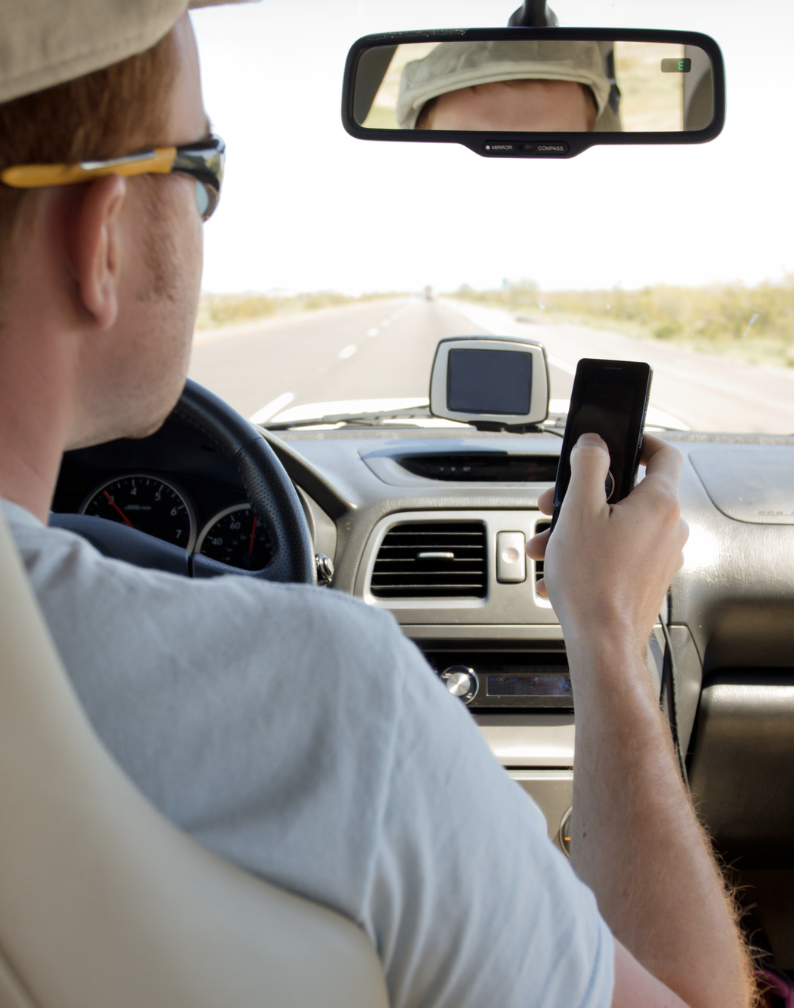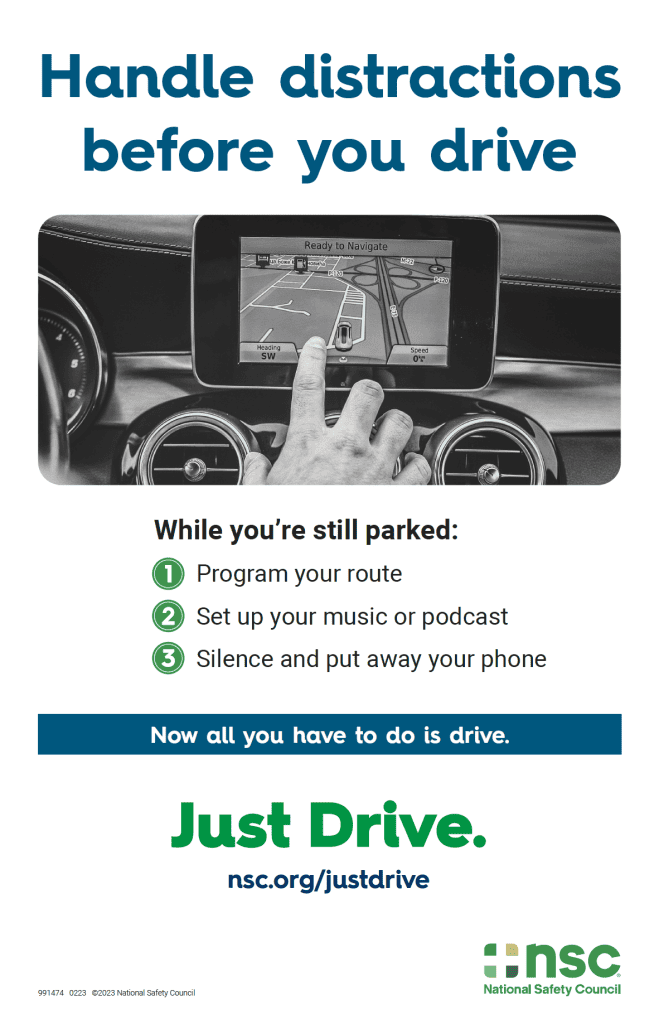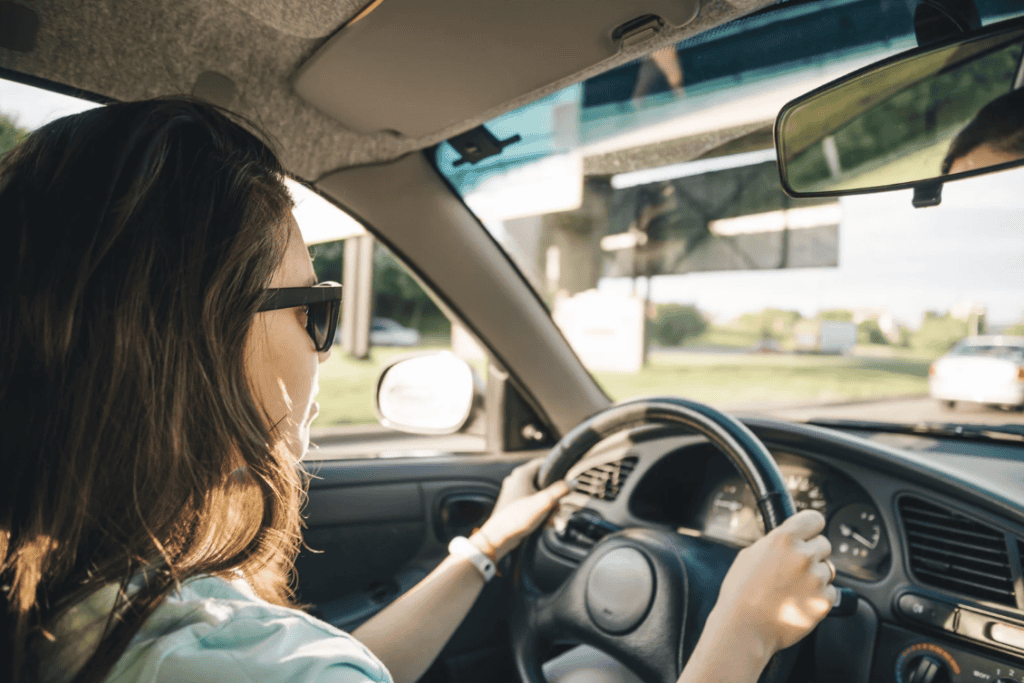Avoid distractions and help create safer roads for everyone.
What Is Distracted Driving?
Distracted driving is anything that takes your attention away from driving. That includes texting, talking on the phone, eating, chatting with passengers, fiddling with your GPS, or adjusting the radio. In short, if your focus isn’t on the road, you’re putting yourself — and everyone else — at risk.
Texting is the most dangerous distraction of all. Sending or reading a text takes your eyes off the road for an average of 5 seconds. At 55 mph, that’s the length of a football field. Blindfolded.
You can’t drive safely unless you’re fully focused. Every distraction increases your risk of a crash.




In 2022, 3,308 people were killed in crashes involving distracted drivers. It’s not just dangerous — it’s deadly.
In Arizona, it’s also illegal. As of 2021, the Arizona Hands-Off Law bans holding or supporting electronic devices while driving. That includes:
Holding your phone or resting it on your shoulder
Reading or sending texts
Scrolling social media or watching videos
Penalties
First violation: $75 – $149 fine
Subsequent violations: $150 – $250 fine
Serious injury or death: Up to 6 months in jail and a $2,500 fine
Drivers:
Park before you text or make a call
Use “Do Not Disturb” mode
Hand your phone to a passenger
Set the example—keep your phone out of reach
If someone calls you out, listen. That call or text can wait.
Passengers:
Speak up if the driver is distracted
Offer to handle the phone so they can focus
Employers:
Distracted driving crashes raise insurance costs, reduce productivity, and put your employees at risk. You can help:
Create a written no-device policy
Train employees and regularly share reminders
Set the tone—leaders should model safe driving behavior

All of us want to drive, bike or walk across roads free of distracted drivers. Take the Just Drive pledge to avoid distractions behind the wheel and encourage others – from your co-workers to your loved ones – to do the same
